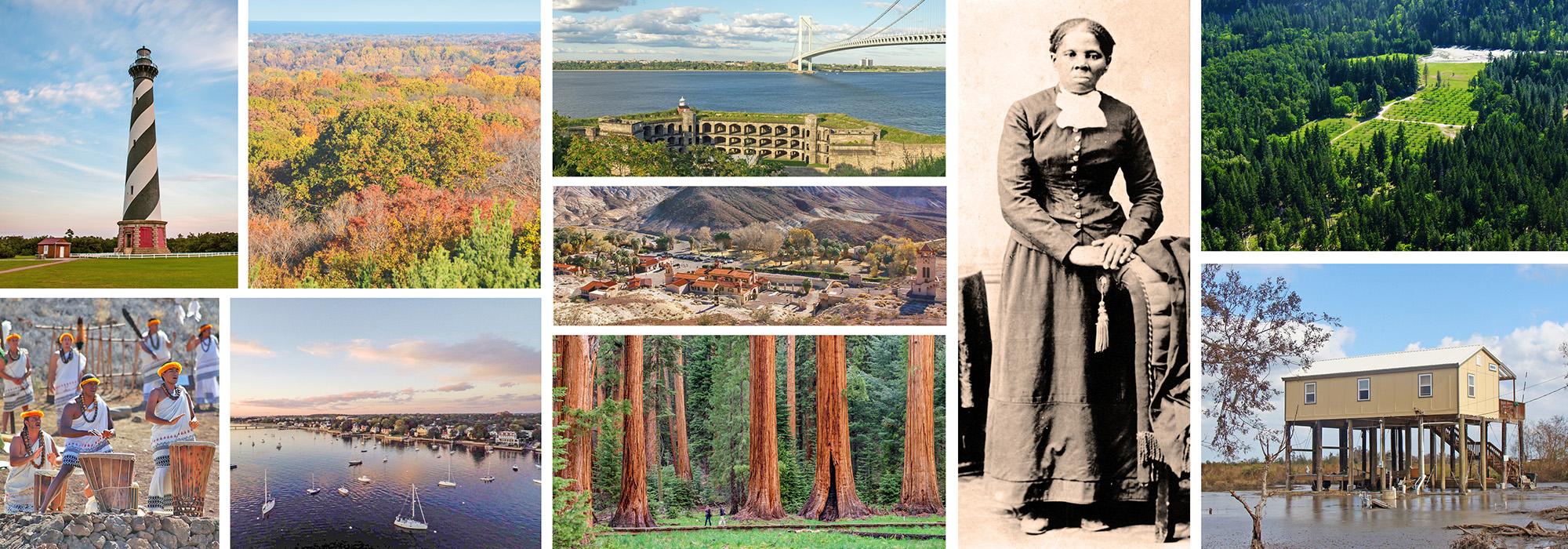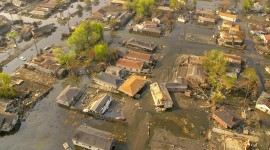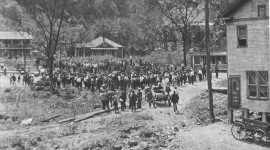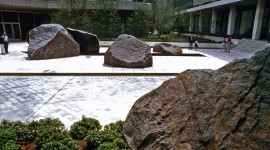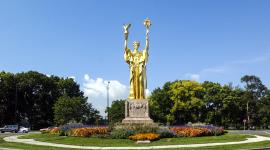Threats to Our Landscape Legacy Aren’t on Hold, and Neither Are We
Although the novel coronavirus has curtailed plans and events across the nation and the globe, TCLF’s advocacy work, under the banner of its Landslide program, has continued at a fast pace—and necessarily so, because the threats to our shared landscape legacy have continued as well. March was a month characterized by successful outcomes in that regard, including news that Garrett Eckbo’s Union Bank Plaza had been saved, and that work on Frederick Law Olmsted, Sr.’s, Staten Island Farm was moving forward after critical funds were raised to stabilize the property. And in April we relayed that the Fort Worth (Texas) City Council had approved $1 million for design work related to the rehabilitation of Heritage Park Plaza—very good news for the Modernist half-acre park designed by landscape architect Lawrence Halprin for the city’s U.S. Bicentennial Celebration in 1976.



